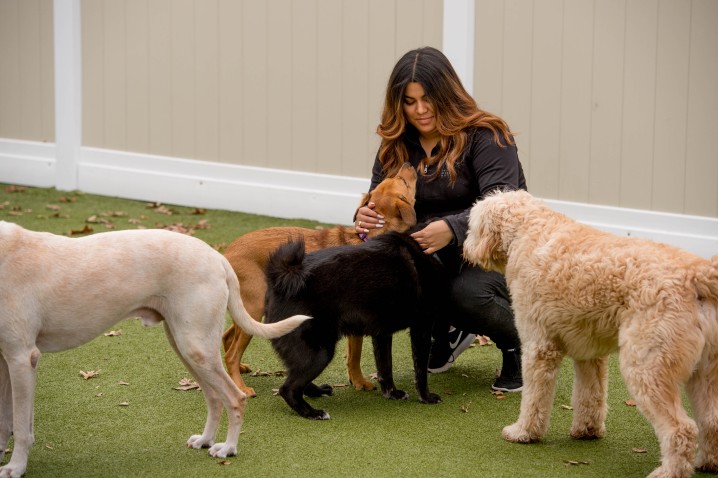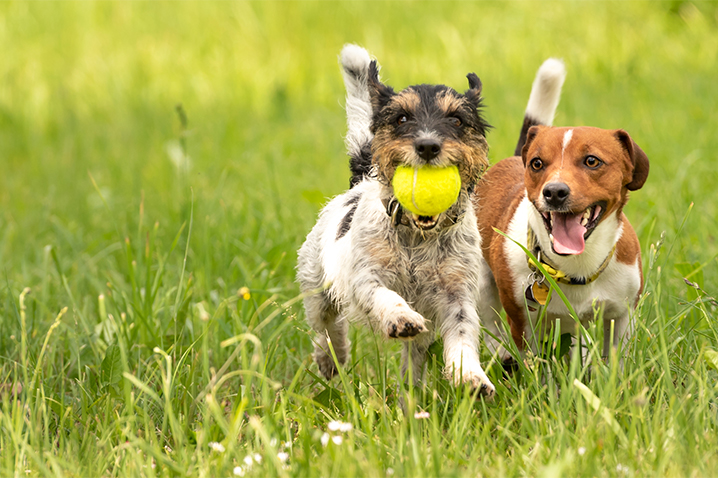Tips on How to Properly Work With Dogs

Working with dogs is fun, rewarding, and exciting. Each day brings upon new challenges and goals for you to accomplish. The truth is, we can’t get inside a dog’s head, which makes it difficult to understand what they want, what they’re thinking, and why they’re acting a certain way.
While working with animals is enjoyable, it can be stressful if you don’t understand how to work with dogs. In this guide, we’re offering four of our top tips to help make your professional dog working experience a bit more manageable.
1. Understand Your Pup
You need to realize that each dog has its own unique personality, and with that will come some traits. Some dogs are energetic, while others are calmer. Some pups need constant attention or stimulation, while others are independent and can fend for themselves.
You need to understand that, so communication is pivotal. Discuss all of these things with the dog’s pet parent and make sure you have more than enough information before you take their dog into your care.
Some examples of questions you might want to ask are:
- What does pup like to eat?
- When does pup typically eat?
- Is the dog okay around other dogs?
- Does he/she get nervous around dogs, children, adults, cats, etc.?
- What is his/her favorite type of activity for playtime?
By understanding these personality traits, you’ll become acquainted with the pup much faster and easier.
2. Go Slow
Working with dogs requires you to take a slow approach. Think of them like a small child entering a new classroom on the first day of school. They’re timid, nervous, and a little unsure about what to do.
Dogs feel the same, but they have a different way of showing it. Just as some kids would act out when they feel uncomfortable, many pups will do the same thing due to stress.
You need to slowly introduce them to their surroundings and allow them to sniff around and feel out the situation. If you’re with the dog for an extended period of time (longer than 2-3 days), these first few moments are crucial.
Allow them to lead the way, let them run around and check everything out, and if you have a pup who is more timid or scared when their owner leaves, let them be. If you’re too pushy and you try to be too friendly, it can result in the dog getting scared, biting, growling, or becoming destructive.
3. Positive Reinforcement
As previously mentioned, taking care and working with dogs is similar to working with children. Dogs need positive reinforcement to know they made the right or wrong choice. By offering treats, toys, and special enrichment, you’re reinforcing good behavior and showing them that you’re paying attention to them.
4. Be Firm But Compassionate
While you want to avoid shouting at a dog, you need to be firm in situations where behavior gets out of control. When you take a new dog into your care, they are unfamiliar with you and might think they don’t have to listen because their owner isn’t around.
You need to set that straight right away and make sure they understand that you’re the boss. As the previous point mentioned, make sure you’re reinforcing the good choices they make and always show compassion and understanding.
Keep in mind that most dogs are likely scared when they are in a stranger’s care, and it will always lead to erratic behavior. Your compassion will shine bright when you’re able to show their owner how comfortable and happy you made their pup while he/she stayed with you.


